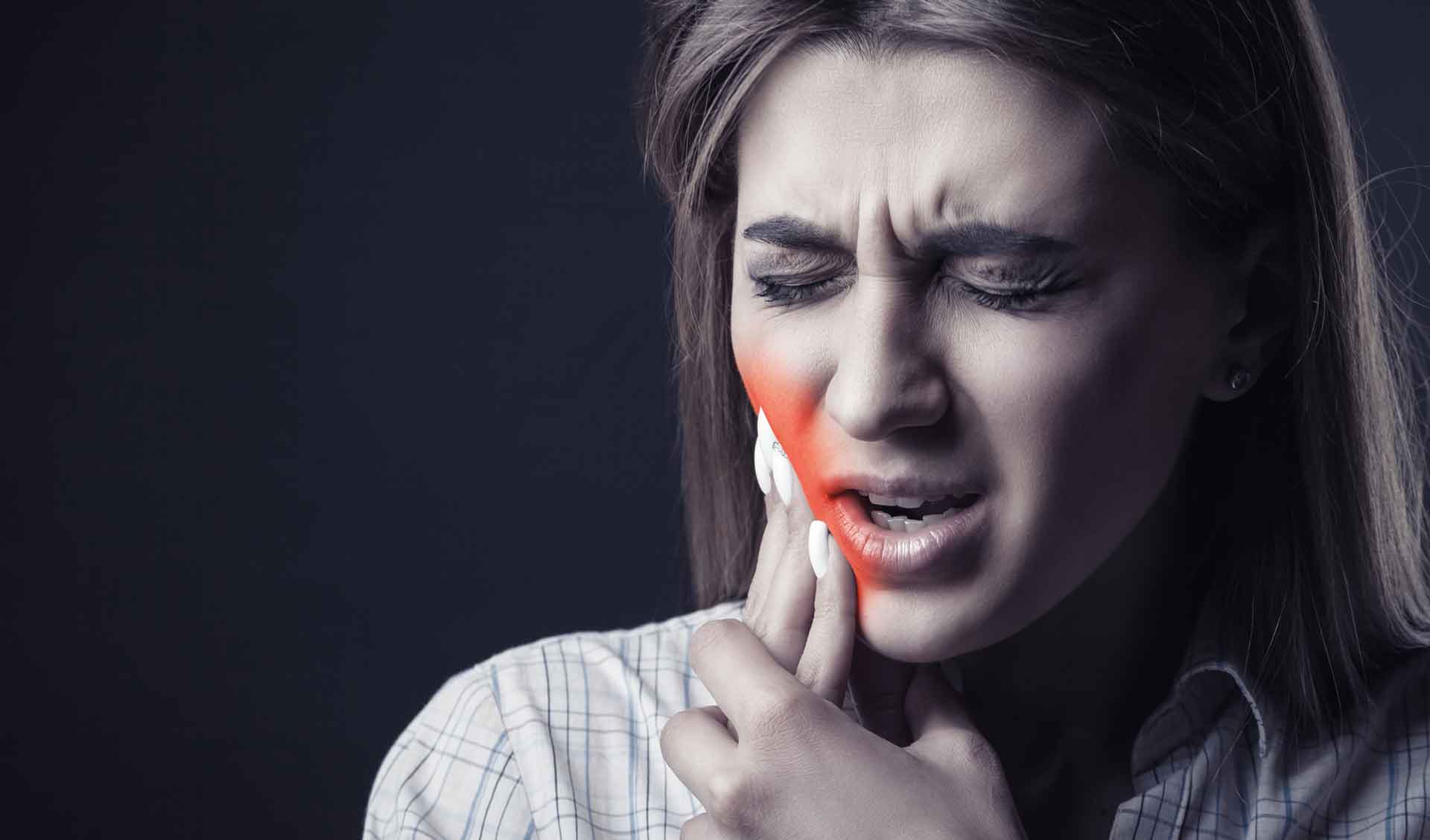Tooth decay is a chronic infectious disease that, unlike other infectious diseases, does not stop with the use of antibiotics and affects other teeth in the long run.
With the advancement of dental science and the possibilities of prevention and treatment of oral diseases, it is now possible to preserve teeth for a lifetime, and the belief that the period of edentulousness was considered part of human normal life has changed; Unfortunately, however, the number of people suffering from edentulousness is still very high, and the reason for this is the lack of access to advanced dental treatment due to financial or cultural constraints.
Oral disease is one of the most common infectious diseases in humans; Changing the habits and diet of the people of the society, not observing oral health, ignoring the importance and health of teeth in children, are among the most important causes of the increasing deterioration of oral health indicators in society.
Tooth decay is a disease in which the hard tissue of the tooth loses calcium and phosphorus minerals due to the secretion of acid by cariogenic bacteria; Tooth decay is an irreversible step in the process of dissolving enamel minerals by acid and its treatment is possible only by replacing the lost hard tooth tissue with dental restorative materials.
If the caries of the crown is not stopped and replaced in time and the caries reaches the root of the tooth, treatment will be needed and in more severe cases, it may even be necessary to remove or extract the tooth.
Symptoms of tooth decay include discoloration of the enamel, perforation of the tooth at the site of caries, tenderness or pain in the teeth when eating cold, hot, sour and sweet foods, tenderness or pain in the teeth when squeezing, bad breath, Food is stuck between the teeth and flossing.
microbe; The main cause of tooth decay
Tooth decay is generally divided into four main factors, which include microbes, microbial plaque, sugars, and tooth and tooth resistance; When the tooth is not cleaned, the germs on the tooth form a layer called a microbial plaque, which is a soft, thick layer that is made up of a large number of different bacteria and cells in the mouth and sticks to the tooth surface so easily with water. It does not wash off, as more and more time passes, different types of microbes enter the microbial plaque and increase its pathogenicity.
The microbes in the microbial plaque use the sugar in the food and convert it to acid; This acid dissolves the enamel and caries begins. In between, there is a set of defense factors in the mouth of each person that resists the development of caries, the state of saliva and cells in it, the shape and form of teeth, placement. Teeth, sex, and the like have some effect on caries.
Tooth decay does not happen overnight, it takes time for the enamel to dissolve and the soft tissue of the enamel to disappear, and then we will see tooth decay.
What causes tooth decay?
Genetic factors include the sex of the teeth and the enamel and dentin compounds, the location of the teeth, the composition and amount of saliva and saliva secretions, the presence of grooves and cavities in the crown are one of the causes of increased risk of tooth decay, as well as diet and lifestyle. Oral hygiene reduces the risk of caries.
Brushing your teeth with the right toothbrush and the right method at the right time to remove microbial plaque is very helpful in preventing caries; Flossing and prescribing mouthwashes, limiting sugar intake in the diet, not smoking, using fluoride in various ways and under the supervision of a doctor are also useful in preventing tooth decay.
Covering the grooves of the tooth surface to prevent the spread of caries, filling in small caries to prevent its progression, and regular visits to the dentist to take care of the condition of the mouth and teeth are other ways to prevent tooth decay.


